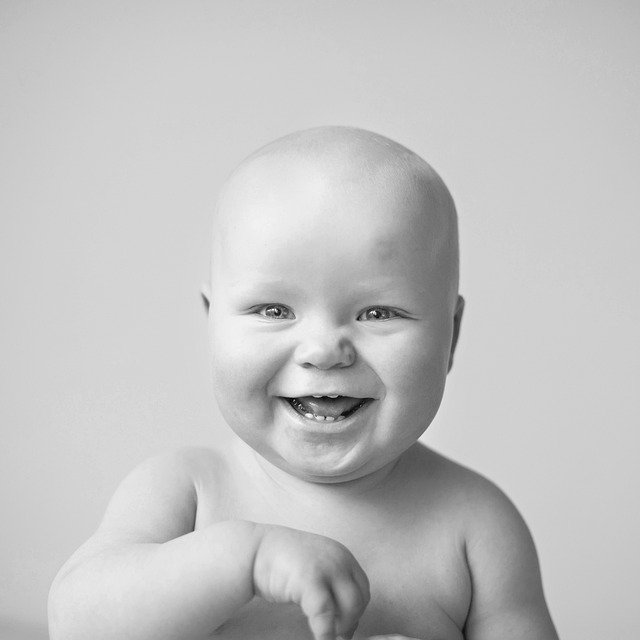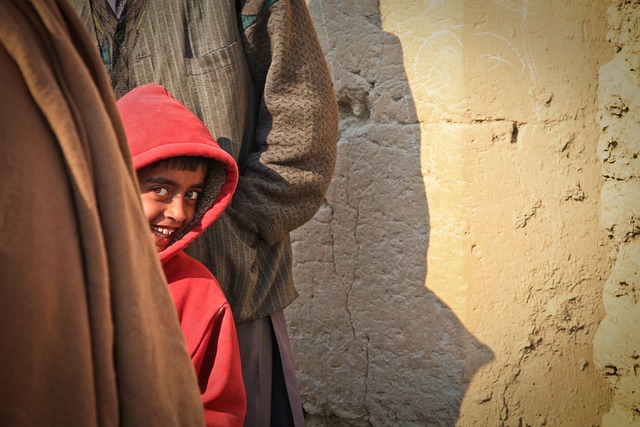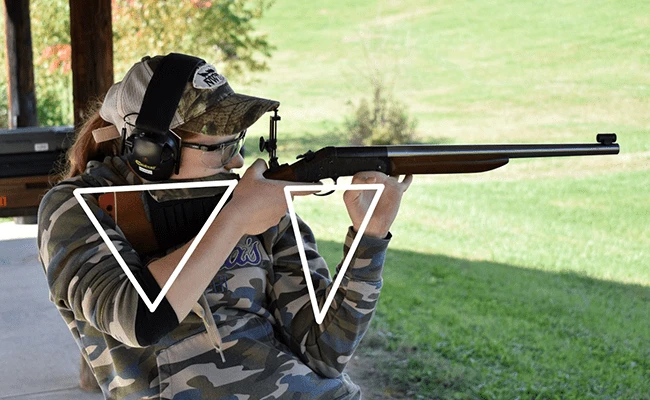A smile is a facial expression that happens with a curving of the lips upward, often accompanied by brightened eyes. It signifies happiness, warmth, and positivity, creating a welcoming and joyful appearance.
The smile is a non-verbal universal communication system that transcends cultural and linguistic barriers, conveying warmth, happiness, and friendliness.
However, Describing a smile is not always easy, as the range of expressions and emotions it can convey is vast. So, how to describe a smile when describing a smile is so complicated?
To effectively describe a smile, one must observe the nuances and details that make it special, paying attention to the shape of the lips, the crinkles around the eyes, and the overall impact it has on the person’s demeanor.
By capturing these details, we can bring to life the beauty and joy that a smile holds.
In this blog post, we’ve covered the elements of a smile and techniques for describing a smile.
What Are the Elements Of A Smile?

Describing a smile is crucial as it transcends language, conveying emotions and connections with remarkable depth. Capturing a smile’s essence amplifies our ability to express, understand, and cherish the beautiful, wordless symphony of human emotions.
Now, “How to describe a smile,” to understand this, you have to learn about the elements of a smile. And here they are:
1. Lips: A smile is described by the way the lips move and form a curve or line.
2. Teeth: The visibility or state of the teeth can enhance a smile, with pearly white and well-aligned teeth often described as beautiful.
3. Mouth: The mouth is where the smile originates, with the corners of the mouth lifting upward.
4. Facial Muscles: Smiling involves the contraction of facial muscles, especially the zygomaticus major muscle that pulls the corners of the mouth upward.
5. Eyes: A genuine smile is often accompanied by the eyes, with the muscles around the eyes causing small wrinkles or crow’s feet and the eyes appearing brighter and more engaged.
6. Cheeks: Cheeks can play a role in a smile, with some people’s cheeks slightly lifting when they smile, giving a fuller and more radiant appearance.
7. Expression: The overall expression on a person’s face can convey the emotion behind the smile, whether it’s happiness, joy, or friendliness.
8. Body Language: How a person holds themselves while smiling, such as standing tall or leaning in, can communicate their level of confidence and engagement.
9. Energy: A smile can exude positive energy and can be described as vibrant, warm, inviting, or infectious.
10. Impact: There is power in a smile, as it can brighten someone’s day, create a connection, and convey a sense of warmth and happiness.
How to Describe A Smile? – Secret Guide to Figure Out the Meaning of a Smile
Describing a smile involves engaging multiple senses and using vivid language to paint a clear picture for your readers. Now, how do you describe a smile and read your partner’s mind?
Here’s a guide to help you capture the essence of a smile:
Observe Details: Pay attention to the specifics of the smile. Note the curvature of the lips, the presence or absence of dimples, the way the eyes crinkle, and any other unique facial features that accompany the smile.
Emotions: Describe the emotions conveyed by the smile. Is it a genuine, heartwarming smile? Or perhaps a sly, mischievous grin? Use adjectives that evoke the intended emotion, such as “radiant,” “playful,” “tender,” or “wistful.”
Physical Sensations
A smile can be described in terms of physical sensations as the lifting and stretching of the facial muscles, particularly around the mouth and eyes.
When someone smiles, they may feel a gentle pull and warmth in their cheeks and a slight tightness or tingling sensation in the corners of their lips.
Additionally, the release of endorphins and dopamine during a smile can create a pleasant and uplifting feeling, contributing to the overall positive physical sensation associated with smiling.
Context: Consider the context in which the smile appears. Is it a fleeting moment of happiness amid adversity? Is it a shared, intimate smile between two people in love? The context can add depth and meaning to your description.
Characterization: If you’re describing a character, use the smile to reveal aspects of their personality. A confident character might have a self-assured grin, while a shy character might offer a timid, hesitant smile.
Here are the Characteristics of different types of smiles,
- Genuine Smile:
- Characteristics: Involves both the lips and eyes, forming noticeable creases around the eyes.
- A genuine smile, often called a Duchenne smile, engages the entire face, with the eyes conveying sincere happiness through their subtle squinting and the mouth curving upward.
- Polite Smile:
- Characteristics: Primarily involves the lips, creating an upward curve without engaging the eyes.
- A polite smile is courteous but might lack emotional depth, typically used in social situations to convey politeness rather than genuine emotions.
- Nervous/Uneasy Smile:
- Characteristics: Lips might be forced into a smile, but the eyes remain tense or even anxious.
- Often seen in uncomfortable situations, a nervous smile indicates underlying unease or tension despite the attempt to appear cheerful.
- Sarcastic Smile:
- Characteristics: Lips curl upward, but the eyes show a lack of genuine happiness, often appearing mocking.
- A sarcastic smile conveys insincerity or irony, as the facial expressions contradict the conveyed message, indicating that the person doesn’t truly mean what their smile suggests.
- Subtle Smile:
- Characteristics: A delicate upward curve of the lips without pronounced eye involvement.
- A subtle smile is nuanced, hinting at positive feelings without overwhelming facial expressions, often observed when someone is lost in thought or quietly content.
Each type of smile communicates distinct emotions and intentions, revealing insights into the individual’s feelings and social context.
Metaphors and Similes: Employ metaphors and similes to create imaginative comparisons. For instance, you could liken a smile to “a moonlit reflection on calm water” or “a secret whispered through lips.”
Body Language
Body language plays a crucial role in describing a smile, enhancing the communication of emotions. Here’s how it works:
- Eye Engagement: A genuine smile involves the eyes, creating small wrinkles or “crow’s feet” at the corners. This engagement of the eyes communicates sincerity and authenticity.
- Facial Muscles: A smile involves the movement of facial muscles, particularly the zygomatic major muscle that pulls the corners of the mouth upward. The intensity of this muscle movement can indicate the depth of the emotion being expressed.
- Posture: When someone smiles genuinely, their posture often becomes more relaxed and open. Shoulders might slightly drop, and the body appears less tense, reflecting a positive and welcoming demeanor.
- Mirroring: When people are comfortable and genuinely smiling, those around them often unconsciously mirror their expression. This mimicking of facial expressions fosters a sense of connection and rapport.
- Gesture Coordination: A genuine smile can be accompanied by gestures, such as open palms or gentle movements that complement the positive emotion being conveyed.
Comparisons: Draw comparisons to familiar objects or experiences. For example, you could describe a smile as “bright as a sunbeam,” “gentle as a breeze,” or “sudden as a burst of laughter.”
FAQs
How would you describe a genuine smile?
A genuine smile, also known as a “Duchenne smile,” involves upturned lips and a noticeable crinkling at the corners of the eyes, indicating true happiness or amusement.
Can you describe a radiant smile?
A radiant smile exudes warmth and joy. It lights up the entire face, with eyes sparkling and cheeks slightly flushed, creating an aura of positivity.
What does a coy smile look like?
A coy smile is characterized by a slight, almost secretive, curling of the lips. It often conveys a sense of playfulness, shyness, or flirtation.
How do you depict a mischievous smile?
A mischievous smile involves a sly and knowing expression, with the lips curved into a half-grin. The eyes may glint mischief, hinting at some playful intent.
What’s the best way to describe a warm smile?
A warm smile emanates a sense of friendliness and comfort. It’s characterized by a gentle upturning of the lips and a soft, welcoming look in the eyes.
How would you portray a sarcastic smile?
A sarcastic smile is often a forced or insincere expression, with the lips curved upward while the eyes remain relatively unchanged. It can convey a sense of irony or mockery.
Can you describe a shy smile?
A shy smile is delicate and tentative, with lips slightly turned upwards and eyes lowered. It reflects a sense of bashfulness or modesty.
What does a triumphant smile look like?
A triumphant smile is confident and self-assured, often accompanied by a raised chin and a proud expression. It communicates a sense of accomplishment or victory.
How do you depict a wistful smile?
A wistful smile is tinged with a touch of sadness or longing. The lips may be softly curved, and the eyes may appear distant or contemplative, evoking a sense of nostalgic reflection.
Conclusion
Describing a smile is essential because it allows us to convey emotions, connect with others, and communicate non-verbally.
When describing a smile, it is important to consider the elements such as the curvature of the lips, the sparkle in the eyes, and the warmth it exudes.
Now, how to describe a smile when you understand its need and elements?
To effectively describe a smile, one can use vivid adjectives and imagery to capture its radiance, genuineness, and infectious nature.
By accurately describing a smile, we can express joy, happiness, and positivity in our interactions and effectively portray the beauty of human emotions.











